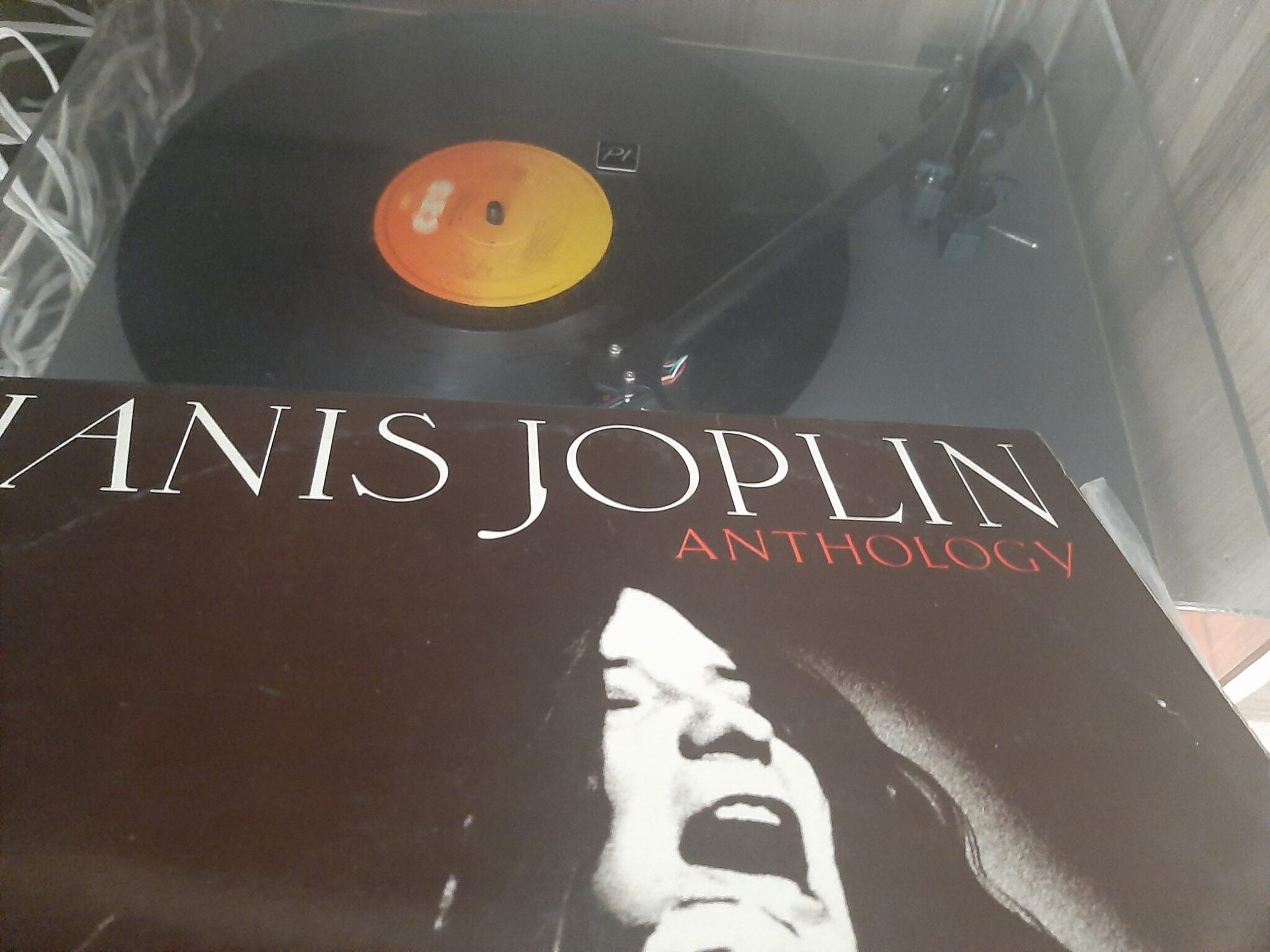
Blog
Fixar IP amb reserva DHCP a libvirtd
En el cas que volguem mantenir la assiganció per DHCP de la IP:
Sota root o amb afegir sudo. default és el nom de la xarxa, Debian12 és el nom de la VM amb iface de MAC 52:54:00:a0:cc:55 ·
# virsh net-list
# virsh net-dumpxml default
# virsh net-edit default
afegir la linia
<host mac='52:54:00:a0:cc:55' name='Debian12' ip='192.168.122.199'/>al bloc ip:
<ip address='192.168.122.1' netmask='255.255.255.0'\>
<dhcp>
<range start='192.168.122.100' end='192.168.122.254'/>
<host mac='52:54:00:a0:cc:55' name='Debian12' ip='192.168.122.199'/>
</dhcp>Reiniciar la xarxa:
# virsh net-destroy default
# virsh net-start default
Falta neu i aigua!

Activant cloudflare per aran.cat
Activada la protecció.
Els Reis…

… ja han deixat la lectura 🤗
El gordo de Minnesota….

A l’Alvacot de Castellar…
Passeig matinal
doncs això… el forner tanca dimarts!
Nou ISP, configurat ddns
El nou host és rsm.myftp.org
Escoltant … discs!!!


… i després seguirem amb Extremoduro!

